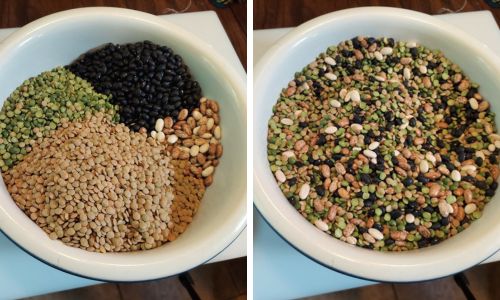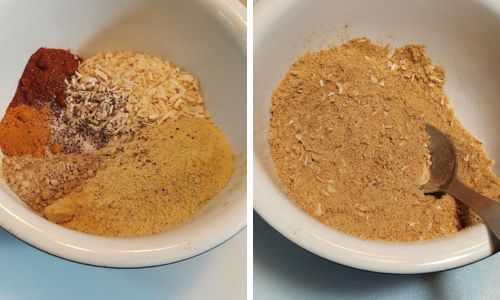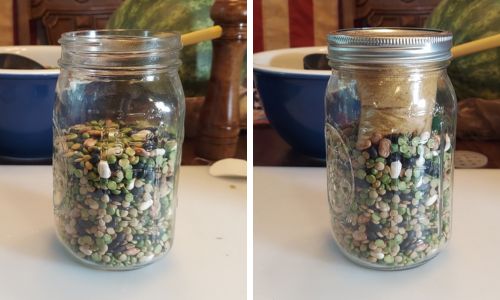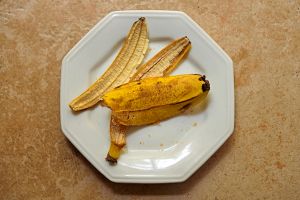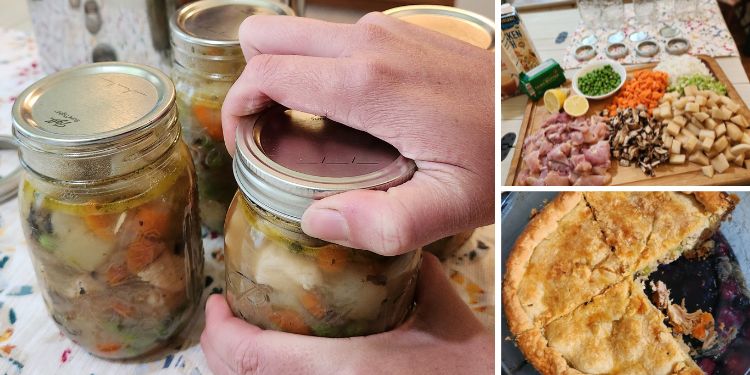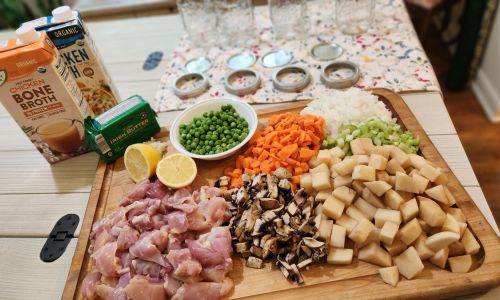After several years of keeping hungry deer out of my orchard with an 8-foot perimeter fence, one stubborn deer is repeatedly breaching my defenses to munch on corn beds, devour sunflowers, and enjoy a leaf buffet.
When I first spotted the deer in my orchard, I assumed part of my fence must have been damaged. My orchard is surrounded by forest on three sides, and the fence weaves among trees to use them as fence posts, so the fence can’t be examined at a glance. I had to take a walk through the woods (braving mosquitos along the way) to check its integrity.
I was confused to find the fence in (mostly) good shape, still standing tall. There were a couple little issues here and there causing the fence to sag, but nothing too dramatic. And this remained the case even after the deer made its way into the orchard again … and again … and again.
Look Down
But on one occasion, I startled the deer and it promptly escaped by slipping underneath the fence, pushing up the black plastic with its nose and darting off into the woods. Suddenly, a lightbulb went on in my head.
It turns out that during the course of my many perimeter checks, I’d focused too hard on the height of the fence (to prevent the deer from jumping over) and not enough on the bottom of the fence where it meets the ground. When I’d built the fence, I’d folded the bottom 6 inches outward and pinned it down with metal stakes to discourage deer from pushing underneath.
But wear and tear over time had caused the bottom of the fence to break free of the stakes in some places. This provided opportunities for the deer to push the fence up, slip underneath, and wreak havoc.
Patching Things Up
At the moment, I’m in the middle of making significant fence repairs and improvements to end the deer invasion. Years of maple leaves blown against the bottom of the fence mark places where the deer clearly isn’t nosing under, but any place where the bottom of the fence is exposed is getting enhanced.
In some places, I’m stapling blocks of wood or old wooden fence posts to the bottom of the fence to pin it down. In other places, I’m installing sections of welded wire to create a strong barrier that can’t be pushed away so easily. I’m also planning to use a metal detector to locate the original metal stakes (which are buried under leaf litter at this point) and put them back into proper use.
It’s a time-consuming project, but I’m making progress. And I don’t think the deer has returned to my orchard in several days now.
It goes to show that when installing a deer fence, the integrity of the bottom is every bit as important as the height. Come to…



